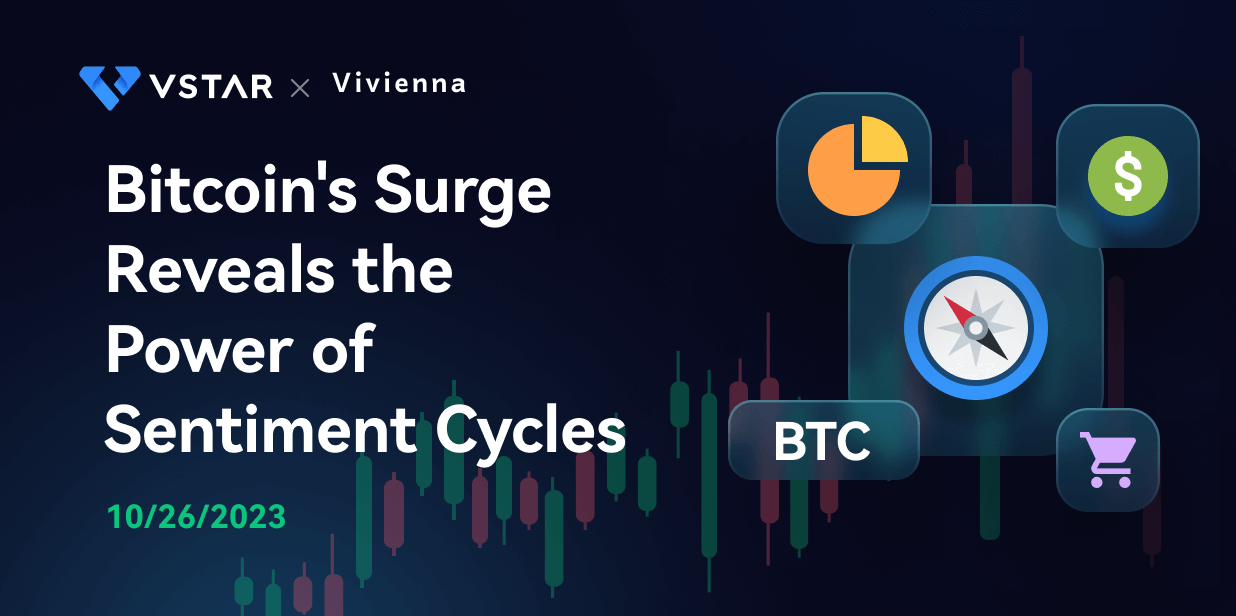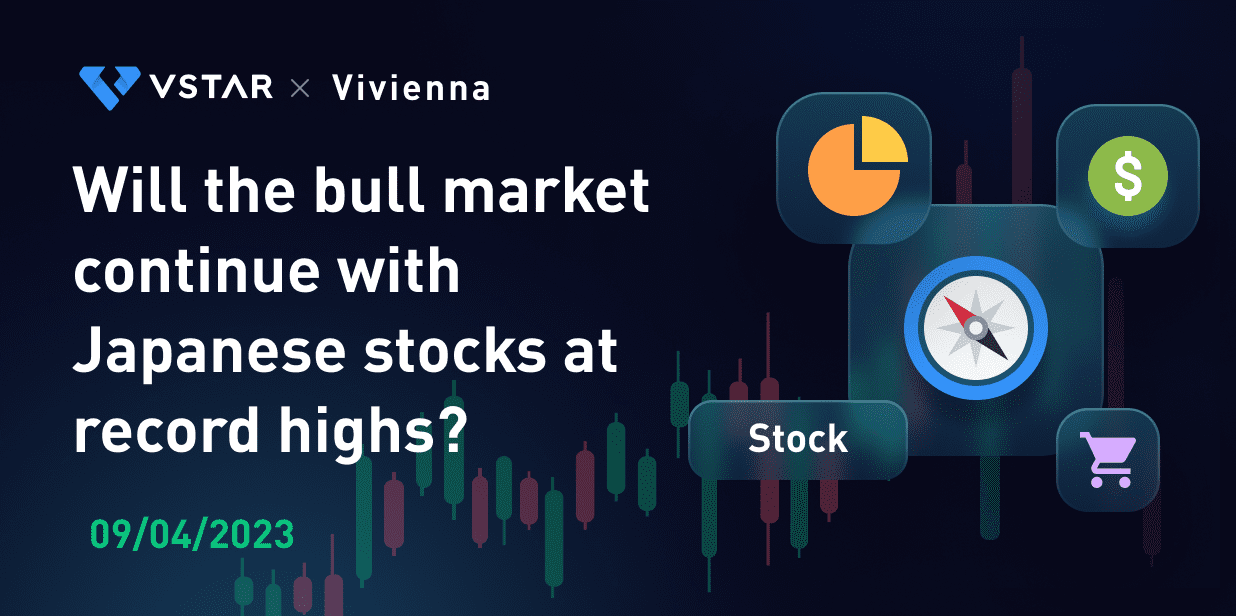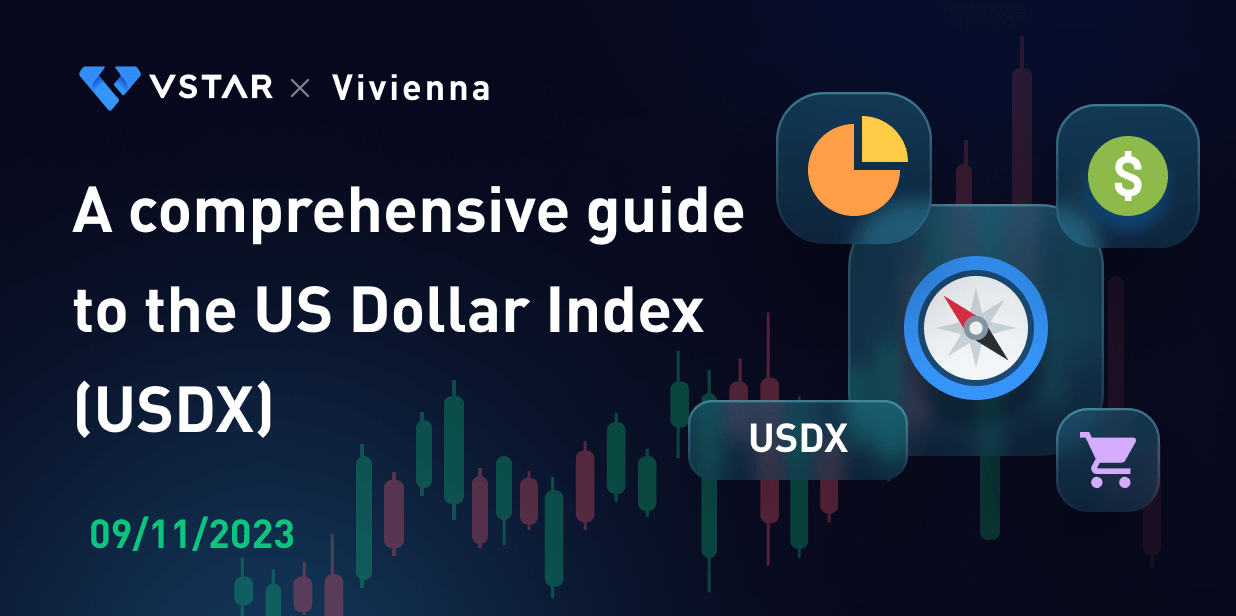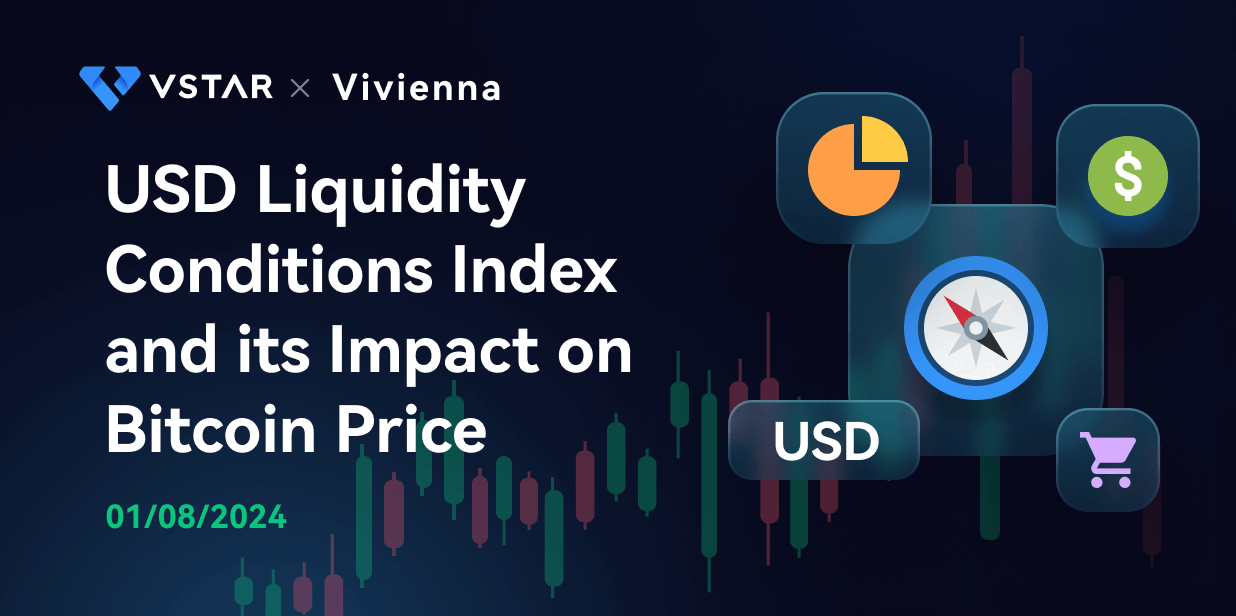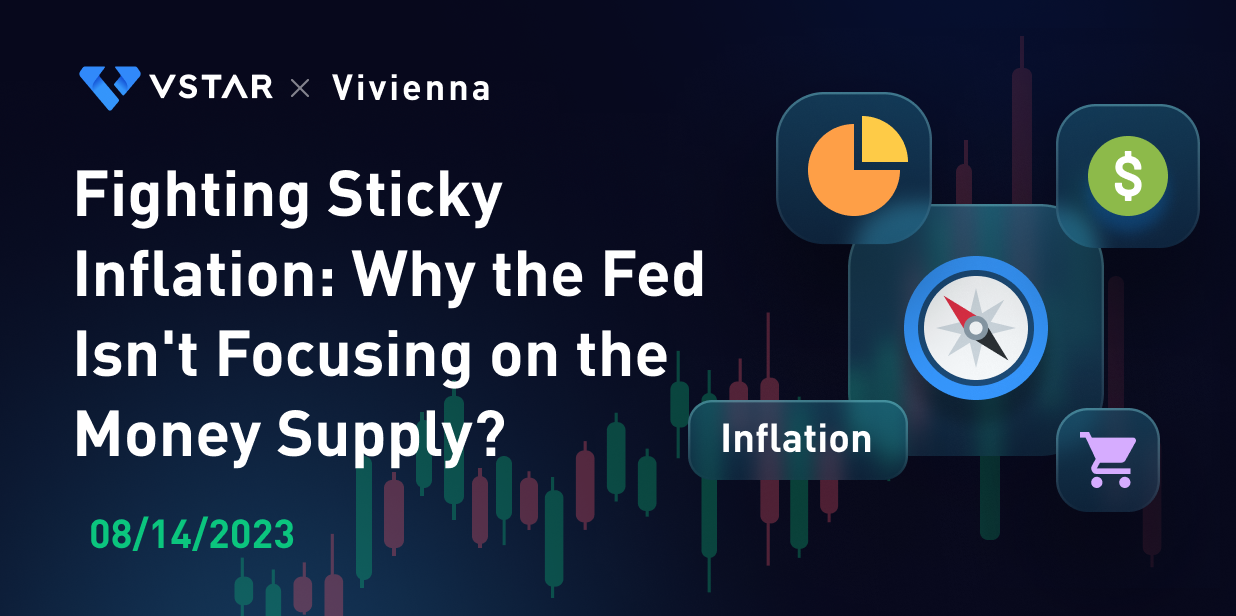Introduction
Bitcoin (BTC) has been very volatile lately. There are many market speculations about the reasons behind this, including the introduction of ETFs, war hedging needs, expectations of interest rate cuts and halving cycles, etc., which has also formed a fierce long-short battle. Although the U.S. stocks were still in a downward trend and the global financial market instability continued to increase due to concerns about the U.S. debt crisis, when bitcoin surged 15% in one day, various technical indicators also achieved breakthrough performance. Led by this huge emotion, the voice of "The bull market is back" prevailed for a while. How do sentiment cycles affect bitcoin? Are traditional financial cycles no longer relevant?
A look at recent market sentiment drivers
On October 7, the Palestinian-Israeli conflict escalated. With risk aversion driven by geopolitical conflicts and international tensions, a large amount of money flowed into safe-haven assets. The yield on the 10-year U.S. Treasury note reached a 16-year high, and gold surged and broke through. At the $2,000 mark, recession expectations have increased and commodities, represented by crude oil, have begun to enter investors' horizons, while risk assets, represented by US stocks and bitcoin, have come under pressure.
However, when a fake news about the approval of a bitcoin spot ETF appeared, the price of bitcoin jumped from US$27,000 to US$30,000. Although it was soon debunked, the price did not fall back to its original level. News of BlackRock's Bitcoin Spot ETF has been a major driver of recent market sentiment.
Spot ETFs are seen as an important driver of demand and price in the bitcoin market. The market is optimistic that this product will be passed, and passed soon, so it is sticking with it. Emotions have jumped from a low point to soaring euphoria.
Classification of Cycles
Since the establishment of the modern country, it has experienced many political, economic, social and financial changes, but the economic and financial development models still seem to have a certain degree of repetition. These patterns go back hundreds of years to market performance, with financial market cycles responding to economic cycles and making certain predictions about the future.
It is a common view that financial cycles, especially stock markets, have cycles. Economists Fisher and Keynes both studied financial crises, particularly the interaction between the real economy and the financial sector during the Great Depression.
Burns and Mill also confirmed the existence of the business cycle. Later, academic circles believed that the financial cycle was part of the business cycle because the health of personal financial conditions and the balance sheet of the private sector were factors that triggered and amplified the business cycle. Liquidity in the global economy can interact with financial cycles to trigger crises in extreme cases.
To some extent, changes in the financial cycle are also driven by changes in emotional and psychological factors. Emotions such as fear, greed, optimism and despair, as well as group behavior and consensus, transcend time and events and continue to influence behavioral patterns in financial markets even when circumstances and conditions vary widely.
Bitcoin Cycle

As an algorithmically generated digital asset, bitcoin has its own cycle.
In bitcoin's blockchain network, new bitcoins are created as block rewards, which are rewards miners receive for validating and adding new transactions to the blockchain. The bitcoin block reward is halved approximately every four years. Whenever the bitcoin block reward is halved, the number of bitcoins miners receive is halved.
Specifically, Bitcoin's initial block reward was 50 BTC, but after the first halving event in 2012, the reward was halved to 25 BTC. Then, after the second halving event in 2016, the reward was halved again to 12.5 bitcoin. The third halving event in 2020 will halve the reward to 6.25 bitcoins. The next halving event will take place in 2024. Each halving causes the supply of bitcoin to grow at a slower rate, which is considered a potential factor in bitcoin's price growth.
Bitcoin's halving cycle is a fixed cycle designed to slow the growth of Bitcoin's supply, ultimately limiting the total supply to 21 million Bitcoins. This scarcity could have a positive impact on the price of Bitcoin, as a reduction in supply could lead to changes in supply and demand that drive the price higher.
As the halving cycle approaches, optimism and greed continue to influence investor sentiment.
Cycle Predictions
Although people believe that cycles exist, there is no consensus on how to predict them.
Some people believe that future price movements in the market cannot be predicted because the efficient market hypothesis states that the market reflects all information and prices are correct until there is a change. Another view is that investors cannot accurately predict market or company performance because market information is always sufficient and changes in fundamentals are quickly reflected in prices.
However, research shows that while stock prices are unstable in the short term, valuations or price-earnings ratios have some long-term predictability, suggesting that valuations can provide a guide to future returns.
Returns on financial assets are related to economic conditions, and although they are difficult to predict accurately, the likelihood of certain outcomes can be assessed. Therefore, a thorough understanding of how market participants process information, respond to risk, and predict the future can help explain the existence of financial cycles and can also help investors assess risk and understand the different outcomes that the market can produce.


The role of sentiment cycles
Although the financial and economic cycles are related - for example, bonds are affected by inflation expectations and stocks by growth rates - investor behavior sometimes exaggerates expectations about economic conditions.
Investor expectations and opinions are critical to economic and corporate fundamentals. Research shows that risk preferences have become a key factor in the business cycle under the influence of policies such as low interest rates: when investors choose to take high risks or adopt a cautious stance, different risk preferences often lead to a distortion of economic fundamentals in the financial market. Exaggerated to form cyclical behavior.
Overall, financial cycles are driven by greed, optimism and herd behavior.
Mistakes are repeated when investors ignore warning signs of overheating and excessive speculation. Overheating and excesses can also occur when market sentiment is positive and there are compelling "good stories".
According to greeks.live's data analysis, the current bitcoin market sentiment is cooling rapidly. BTC Dvol has dropped from a high of nearly 70% the previous day to the current 55%, and there is almost no futures premium. Currently, there is not enough upward momentum, judging by futures and options positions. The maximum pain point of the main option period is less than $31,000, and the maximum pain point of the upcoming expiration month is only $28,500. Options market analysts believe that BTC may see a period of consolidation.
The power of the financial cycle and its impact on Bitcoin
When looking for historical relationships, we have the advantage of hindsight. We can often only see patterns in hindsight, which makes judgments in the moment more difficult. If you believe too much in your own judgment without hedging your risk, the market will teach you a lesson. This also explains the importance of consensus and group behavior in influencing asset price movements.
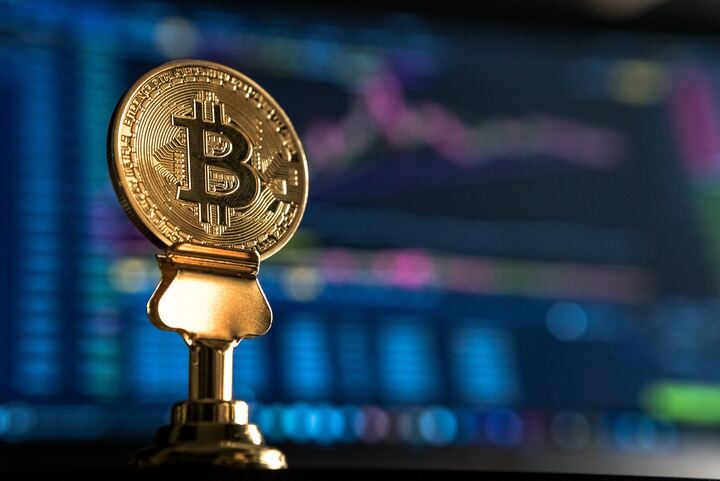
For example, when economic data is weak and stock prices fall, it is difficult to determine whether this is a medium-term correction or a more serious economic downturn. Only in hindsight is it clear. For example, the stock market performs differently in periods of high inflation and high interest rates than in periods of low inflation and low interest rates. People learn from past experience, so reactions change over time. Financial markets often overestimate future economic conditions, which is one reason why market cycles are so volatile.
Although financial markets are volatile, they are still relevant to the real economy. The fact that stock returns are correlated with expected growth at least helps us understand the strength of the relationship between variables, the lead and lag relationships, and the signals to look for.
Digital currency investors have been searching for the value of bitcoin and its price-related variables. However, due to its complex characteristics such as asset attributes, currency attributes and technical attributes, there is great controversy over the anchoring of its value. In addition, due to the changes in financial supervision uncertainty, therefore, the factors affecting its price are always difficult to understand.
Although the recent trend of the bitcoin market away from traditional financial markets is very obvious, the correlation is still very high. Born in 2009, in the era of big floods after the financial crisis, bitcoin has also taken steps to cooperate with the risk market in the face of big floods. However, its volatility is increasingly narrowing, which is more in line with the needs of institutional investors. investment preferences. As economic and financial cycles shift and fluctuate, different assets respond differently to the cycle. The rise, fall, and direction of liquidity flows depend on changes in risks and returns. Therefore, paying attention to the economic and financial cycles and judging the liquidity preference still has some guiding significance for bitcoin investment returns.
The current emotional trading is based on the expectation of interest rate cuts and return to water release, coupled with the expectation that spot ETFs will be allowed to bring traditional funds and the emotional cycle of bitcoin's own halving cycle, the effect resonates and has a very large positive impact on the market. But the emotional cycle is like a wave that lingers longer at the ends than at the middle: if the emotion swings too much to the optimistic side, it will inevitably swing to the other extreme. When certain expectations are traded in advance, when the benefits actually materialize, is it time for smart people to exit the market?
A deeper understanding of the dynamics of cycles and underlying variables helps us make more informed investment decisions while improving the effectiveness of risk management.








